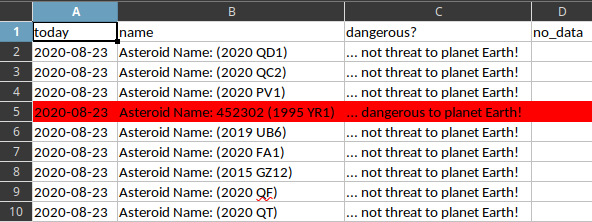The source code is very simple to understand: the user interface is created with two QTreeWidgets.
One is completed with elements and when the buttons are pressed, the elements are interchanged.
import sys
from PyQt5.QtWidgets import QApplication, QWidget, QDesktopWidget, QPushButton
from PyQt5.QtWidgets import QBoxLayout,QTreeWidget,QTreeWidgetItem
class my_app_class(QWidget):
def __init__(self):
super().__init__()
self.add_button=QPushButton('Add item here')
self.remove_button=QPushButton('Remove item')
self.wishlist=QTreeWidget(self)
self.tree_list=QTreeWidget(self)
# init the UI
self.initUI()
def initUI(self):
# set title of window
self.setWindowTitle('add and remove items from QTreeWidget!')
self.init_tree()
self.resize(800, 480)
self.center()
self.show()
def center(self):
geometry_frame = self.frameGeometry()
center_pos = QDesktopWidget().availableGeometry().center()
geometry_frame.moveCenter(center_pos)
self.move(geometry_frame.topLeft())
def init_tree(self):
headers = ['A','B','C','D']
self.tree_list.setColumnCount(len(headers))
self.tree_list.setHeaderLabels(headers)
self.wishlist.setColumnCount(len(headers))
self.wishlist.setHeaderLabels(headers)
list_layout = QBoxLayout(QBoxLayout.LeftToRight)
list_layout.addWidget(self.tree_list)
list_layout.addWidget(self.wishlist)
tree_root = QTreeWidget.invisibleRootItem(self.tree_list)
# add data to QTreeWidget with QTreeWidgetItem
my_data = ['1','2','3','4']
item = QTreeWidgetItem()
for idx, data in enumerate(my_data):
item.setText(idx, data)
tree_root.addChild(item)
my_data = ['11','10','01','D']
item = QTreeWidgetItem()
for idx, data in enumerate(my_data):
item.setText(idx, data)
tree_root.addChild(item)
my_data = ['s', 'c', 'c', 'c']
item = QTreeWidgetItem()
for idx, data in enumerate(my_data):
item.setText(idx, data)
tree_root.addChild(item)
btn_layout = QBoxLayout(QBoxLayout.RightToLeft)
btn_layout.addWidget(self.add_button)
btn_layout.addWidget(self.remove_button)
main_layout = QBoxLayout(QBoxLayout.TopToBottom)
main_layout.addLayout(list_layout)
main_layout.addLayout(btn_layout)
self.add_button.clicked.connect(self.move_item)
self.remove_button.clicked.connect(self.move_item)
self.setLayout(main_layout)
return main_layout
def move_item(self):
sender = self.sender()
if self.add_button == sender:
source = self.tree_list
target = self.wishlist
else:
source = self.wishlist
target = self.tree_list
item = QTreeWidget.invisibleRootItem(source).takeChild(source.currentIndex().row())
QTreeWidget.invisibleRootItem(target).addChild(item)
if __name__=='__main__':
# start the QApplication
my_application = QApplication(sys.argv)
# create aplication with the class
example = my_app_class()
# use exit for QApplication
sys.exit(my_application.exec_())
